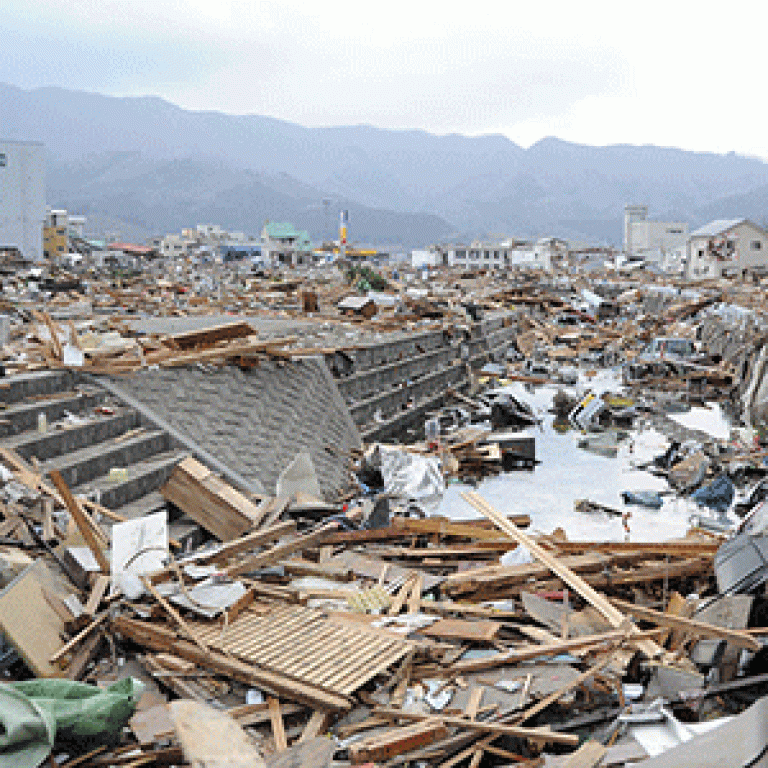EPICentre release new Japan Tsunami model with Willis Re & Tohoku University
5 December 2014
Researchers at the EPICentre Research Group, a multidisciplinary research group based in UCL Civil, Environmental & Geomatic Engineering (CEGE) that investigates risk to society and infrastructure from earthquakes and other natural hazards, have released a new Japan Tsunami model to advance the industry's understanding of catastrophic tsunami losses.

The model has been developed through the Willis Research Network with Willis
Re, the global risk adviser, and Tohoku
University's International Research Institute of Disaster Science
(IRIDeS), using data from the 2011 Japan Tsunami.
The new model combines tsunami loss information with earthquake shaking damage output, providing the intelligence to quantify and manage risk from these extreme events, where historically losses have been little understood.
Professor Tiziana Rossetto,
Director of EPICentre, UCL, said:
"We at EPICentre are proud to have worked with Willis Re for several years
on the development of the tsunami model. Our focus has been on the development
of the vulnerability model, linking tsunami intensity with mean damage and
loss.
"There are significant obstacles to estimating tsunami losses due to limited availability of data for low-frequency/high-severity events. The current tsunami vulnerability model utilizes rigorous statistical analysis of detailed data from the 2011 Japan Tsunami, resulting in a model which represents the state-of-the-art in estimating losses per building due to tsunamis.
Over the coming years we are utilizing detailed analysis and unique testing facilities, able to generate the longest tsunami-like waves of any facility in the world, to better represent the behaviour of structures under tsunami action.
Professor Tiziana Rossetto
"Over the coming years we are utilizing detailed analysis and unique
testing facilities, able to generate the longest tsunami-like waves of any
facility in the world, to better represent the behaviour of structures under
tsunami action. This is enabling us to remain at the forefront of vulnerability
analysis for locations at-risk of tsunamis around the world."
William Thompson, Regional Director for Willis Re Japan, explained:
"The tragedies of the India Ocean tsunami in 2004 and the tsunami that
followed the Tohoku earthquake in 2011 plainly illustrated how damaging these
catastrophes can be. They highlighted the need to better understand and
quantify the risks from secondary perils.
"Japan earthquake risk has been rigorously investigated and modelled but
the complexity of modelling tsunami has led to a significant gap in the
industry's ability to quantify risk for severe earthquake events. The Willis
Japan Tsunami Model is another vital step towards closing this gap."
The announcement follows Tiziana Rossetto's appearance at TEDx Brussels on
Monday 1st December, where she spoke about tsunami simulation and her
ERC-funded research looking at the damage caused by the impact of tsunamis
on buildings by modelling the force that hits buildings during a tsunami.
Links
- UCL EPICentre research group
- Professor Tiziana Rossetto's academic profile on Iris
- Willis Re
- Willis Research Network
- Tohoku University
Image
- Vehicles and debris line a canal in the downtown area of Ofunato, Japan, following a 9.0 magnitude earthquake and subsequent tsunami. (Courtesy of U.S. Navy via Wikimedia Commons)
 Close
Close

